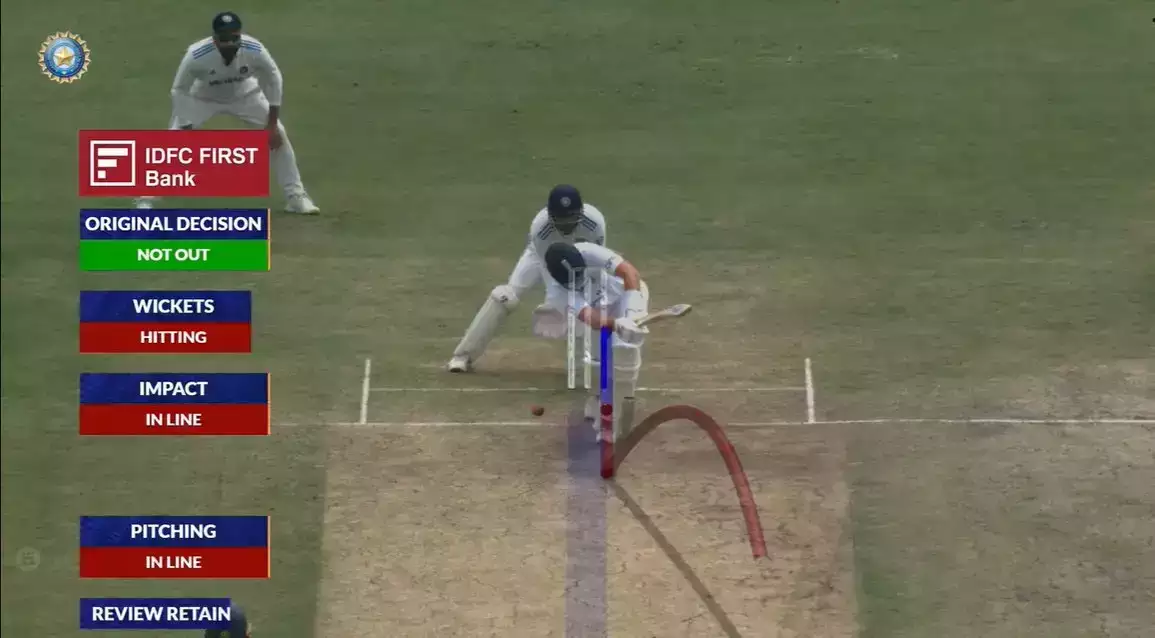Despite the umpires rejecting India’s request for LBW, DRS said Joe Root was out.

The England squad was forced to forfeit the five-match Test series after losing the fourth Test in Ranchi. The Three Lions had a great start to the game, but they were unable to maintain it as Rohit Sharma and company came back to win it.
But a controversial call was made against England batsman Joe Root throughout the game. After a DRS decision went against him, Root, who had hammered a vital century in the first innings, was forced to leave the game cheaply.
Root was hit in the pads by a ball from Ravichandran Ashwin, and India’s request for LBW was turned down by the umpire. But Rohit Sharma chose to request a review in order to contest the on-field umpire’s ruling. After a very close call, the Hawkeye judged that the ball had pitched in the leg-stump line, overturning the initial verdict and declaring Root out. The choice was rapidly questioned, and opposing viewpoints circulated.
The creator of HawkEye clarifies Joe Root was out
Now, in the middle of all the chaos, HawkEye creator Paul Hawkins has stepped forward to provide some crucial clarification. In a recent podcast, Hawkins addressed the doubts and issues around the controversial decision.
“First, on each day of the test, you measure the breadth of the stumps. That therefore serves as a boundary between what is and is not pitched in line. In the podcast “The Analyst,” Hawkinds said to Simon Hughes, “It was a very close-on (Joe Root call).”
“In tennis, if the ball is sent outside the line, you may sometimes receive a zero mm in or zero mm out. However, in tennis, a point is considered to be out until it is one millimetre out rather than zero. In order to let spectators to see the bounce mark, we in tennis modify it specifically for the presentation viewpoint. As a result, a zero mm in becomes a 1 mm in.